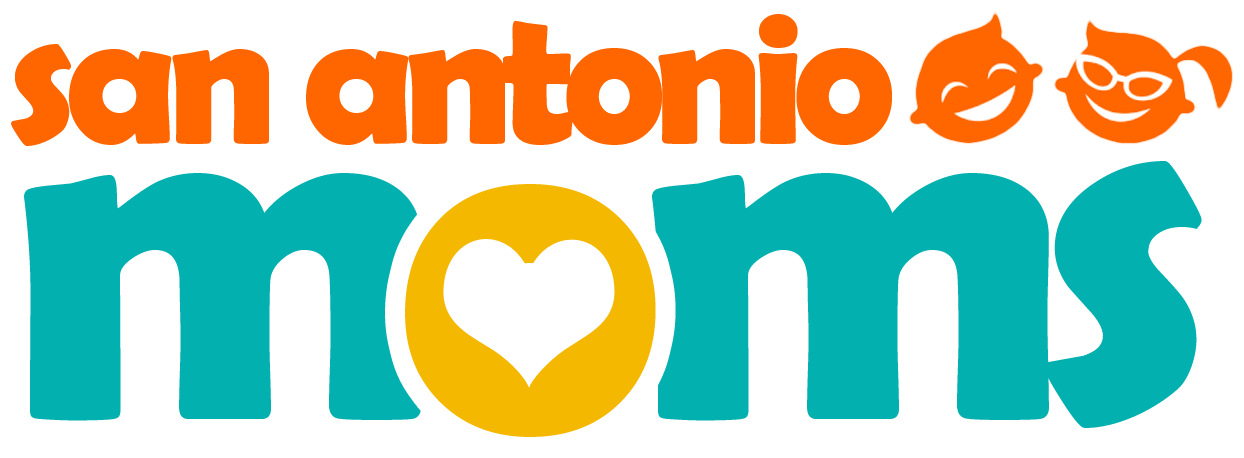“Every kid is different”, says one preschool mom, “and mine is no exception to that rule.”
It’s true, of course. And since every kid is different, the potty training method that worked for one preschooler won’t necessarily work for the next (or for the kid after that!). With another parent’s truism that “for potty training, peer pressure has always worked best – always, always, always”, it seems it’s the first child that’s most challenging to train. This may also be because of our own inexperience as first-time parents.
Then there’s the gender difference in potty training, with the commonly held perception that boys are “notoriously slower than girls…generally”. (It should be noted that all husbands are highly insulted by this notion, and it forms the basis for all manner of difficulties between the sexes.)
Potty Training for Girls
Table of Contents
You can never have too many ideas on potty training – although it’s actually a brief period in the life of preschool parents, it can seem like forever. While you’re deep in it, you may not actually realize how time is actually spent on poop patrol, but one mother came up with a depressing calculation: “Did I mention that after No. 3 was born, all the kids were in diapers. I probably spent 25% of my waking hours just changing diapers. Yuck.”
Let’s look at toilet training success stories for inspiration:
Potty Training for Boys
We also have some real-life toilet-training stories from parents of preschool boys. As in others areas, boys and girls tend to develop at different ages with respect to toilet training (ie., generally girls are interested in 2-2.5 years of age, while boys are somewhat later).
The following is a wonderful example of What Not To Do When Toilet Training:
Let Nature Take Its Potty-Training Course
Your pediatrician will tell you that there are very few teenagers in diapers. Most kids are successfully toilet trained. And like weaning, like walking, talking and all the other huge steps our children make almost daily, they need to be developmentally ready. Being ready includes being interested.
 Encouragement and praise and positive feedback are all very helpful. One family’s “potty-training technique [included] really cool stickers, given as rewards. [Our daughter] got to stick them all over a piece of plexiglass attached to the wall right behind the trainer toilet. On Sunday nights, we’d admire and count them — great counting practice too.”
Encouragement and praise and positive feedback are all very helpful. One family’s “potty-training technique [included] really cool stickers, given as rewards. [Our daughter] got to stick them all over a piece of plexiglass attached to the wall right behind the trainer toilet. On Sunday nights, we’d admire and count them — great counting practice too.”
Be prepared to make a slow, rather casual introduction, like letting your preschooler sit on the potty a few times a day, even if nothing happens. After two weeks of this behavior, reports one proud mom of a just-turned two-year-old boy, “he finally peed while he was on the potty last night! Yay!!!”
